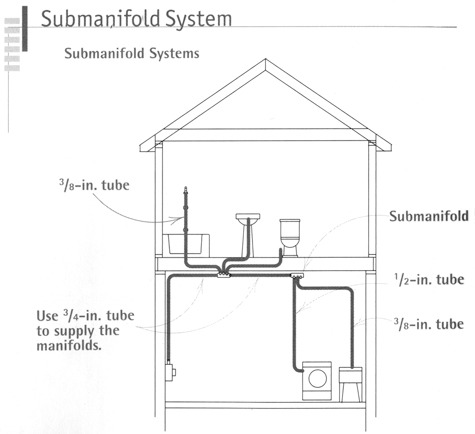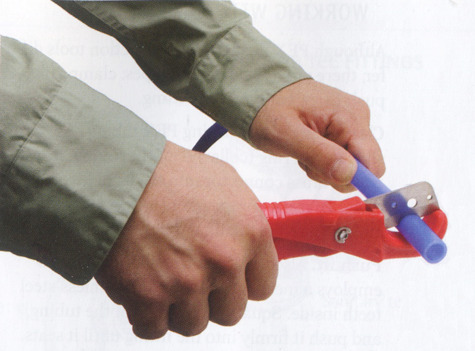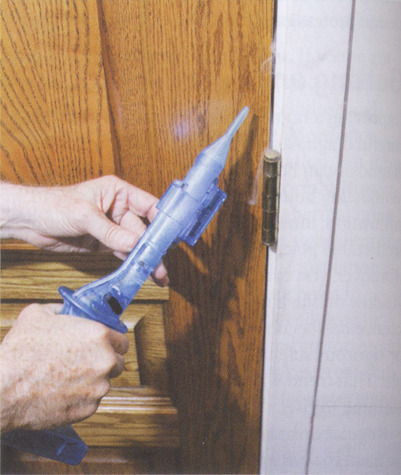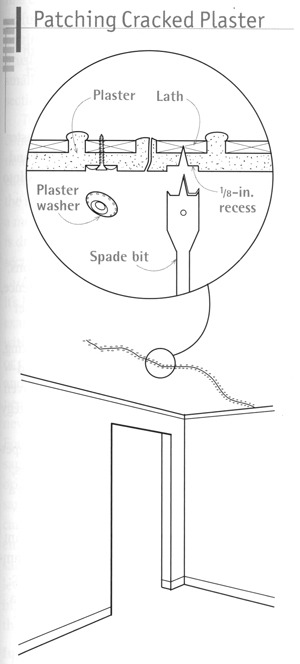Renovation

Complete house building know-how
This is a book I wished I’d had when I started building, but it is also one that’s extraordinarily useful to more experienced builders. Mike Litchfield was the original editor of Fine Homebuilding; in 1982 he published the first version of Renovation, and it’s been updated periodically, this being the latest and 4th edition. Popular Science called it “The most comprehensive single volume on renovation ever” — which is totally true.
What differentiates this book from others of its ilk is that the author has gathered all this information in the field, interviewing carpenters, electricians, plumbers, and contractors, finding out what’s important, what works, what’s new. These guys love to talk about what they do well, and in this sense, the book is one of collective wisdom. It’s at the same time highly useful to professionals, but also one that’s invaluable for homeowners and people of the fixer-upper persuasion.
The chapter “Planning Your Renovation” is completely new, reflecting the current interest in smaller projects, spending wisely, and energy efficiency. The chapter on wiring covers code changes, and tells you things like how to fish wire, install wireless switches, or replace old incandescent ceiling lights with energy-efficient LEDs.
There’s a section on installing IKEA cabinets, tips and instructions on energy retrofits, working with paperless drywall (in wet areas), soundproofing, cutting into a concrete floor, working with PEX plumbing tubing, and installing engineered flooring. I found myself flipping through the book at random, and learning a lot.
12/13/12Excerpt
Trim on older buildings is rarely level or parallel. Thus new trim maybe look better if it's installed slightly out of level so that it aligns with what's already there. For example, when stretching a chalkline to indicate the bottom of the water table, start level and then raise or lower the line until it looks right in relation to nearby windowsills and the like. Once the chalkline looks more or less parallel to existing trim, snap it on the building paper, and extend it to corner boards.
*
PEX Advantages
It installs quickly. Because lengths of flexible tubing easily turn corners and snake through walls, PEX systems require far fewer connections and fittings than do rigid materials. For that reason, it's particularly well suited to renovation work.
Fewer leaks. PEX tubing runs to fixtures from hot- and cold-water manifolds with multiple takeoffs. Most of the fitting is simple, consisting of crimping steel or copper rings onto tubing ends. Because most leaks occur at joints, fewer fittings also mean fewer leaks.
It's quiet. The tubind expands slightly, minimizing air hammer--the banging that takes place in rigid piping when taps are turned off suddenly and running water stops abruptly. That ability to expand also means less-pronounced pressure drops (fewer scalding or freezing showers), and PEX tubing is less likely to rupture if water freezes in it.
The beauty of working with PEX is that is required relatively few specialized tools. Here, an inexpensive PEX-cutting tool with a replaceable blade produces a clean, squared-off end.
*
A smoke pencil helps make air leaks visible.
*
Cracked plaster often means that it has pulled free from its lath. Use screws and plaster washers to reattach it, countersinking them so they'll be easier to patch.
*
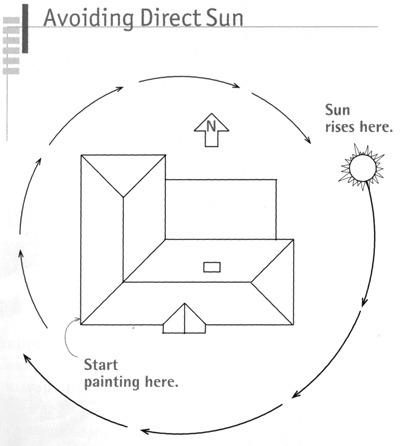
Avoid the sun around the house as you paint so that you apply paint in the shade if possible. Paint applied in full sunlight is more likely to blister later.
*
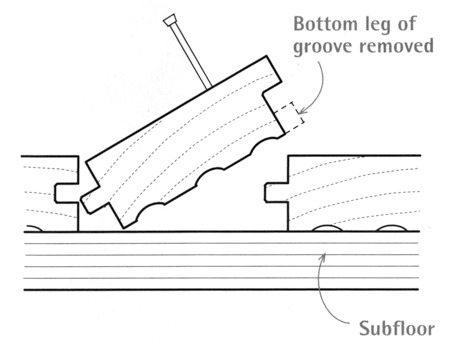
To insert a replacement board into an existing tongue-and-groove floor, use a tablesaw to remove the bottom of the groove. Slightly back-cut the ends of the new board so it will slide in easier.
Renovation 4th Edition Michael Litchfield 2012, 624 pages $30

